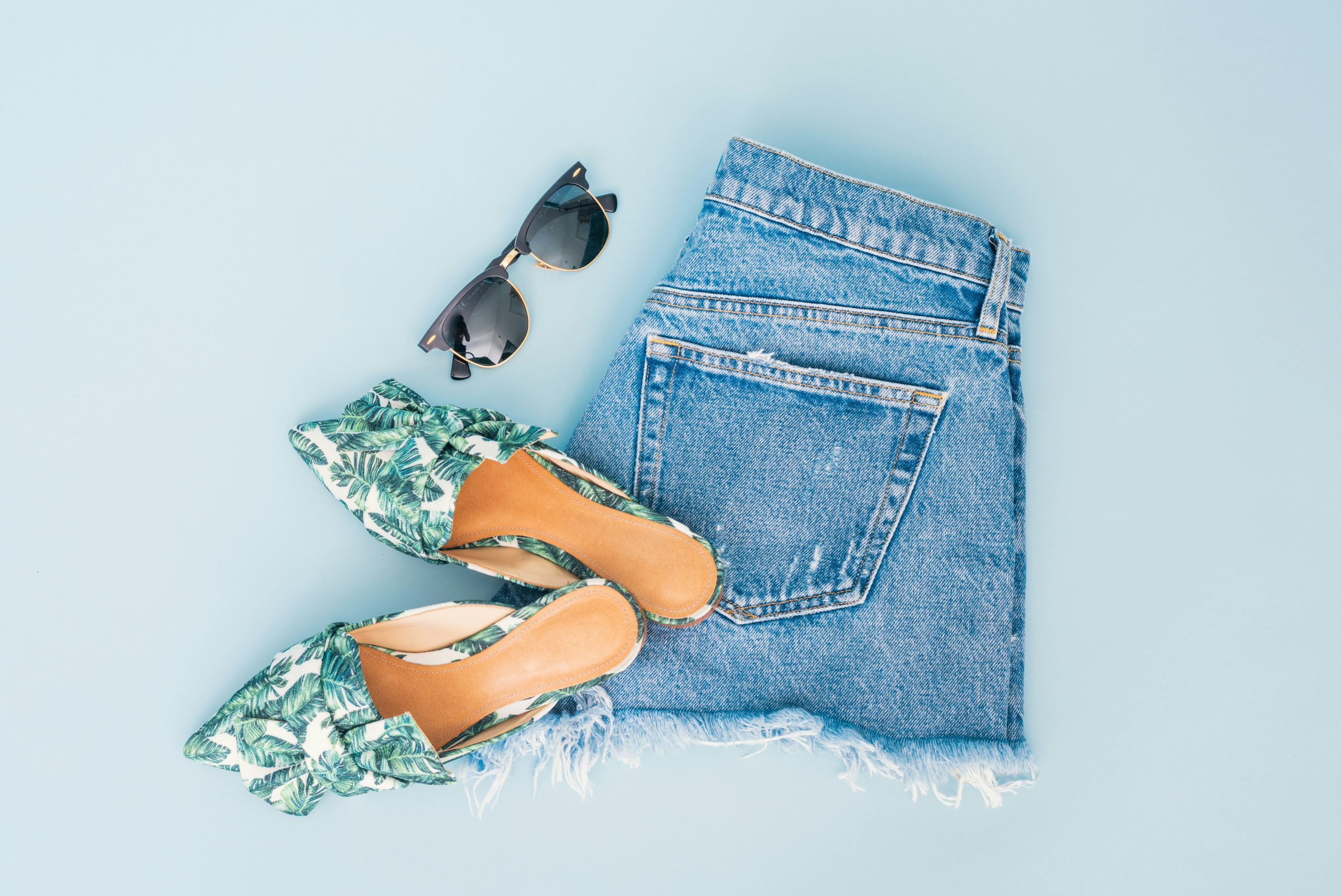Thriftflation: Why Second-Hand Luxury Is Outpacing Fast Fashion
As the world faces increasing social and environmental concerns, there has been a significant shift in consumer behavior towards more sustainable and ethical choices. Within the fashion industry, we have seen a rise in the popularity of second-hand luxury items, while fast fashion has come under scrutiny for its negative impacts. This phenomenon, known as “thriftflation”, has captured the attention of both consumers and industry experts, raising questions about its implications for the future of fashion. In this article, we will delve into the reasons behind thriftflation and explore its potential long-term effects on the fashion industry.
The Rise of Thriftflation: What is Driving the Trend
The concept of thriftflation refers to the increase in demand for second-hand luxury goods, which has resulted in a rise in their prices. This trend is being driven by a combination of factors, including changing consumer attitudes and an increasing awareness of the negative impacts of fast fashion.
Consumer Shift Towards Sustainability
One of the main driving forces behind thriftflation is the growing consumer demand for sustainability and ethical choices. With the rise of social media and increased information sharing, consumers are becoming more conscious of the impacts of their purchases on the environment and society. This has led many to reject the fast fashion model in favor of more sustainable alternatives, such as buying second-hand luxury items.
In fact, a recent study by thredUP found that the second-hand market is expected to reach $64 billion by 2024, compared to $28 billion for fast fashion. This significant growth has been driven by a younger generation of consumers who prioritize sustainability and are actively seeking out more responsible fashion choices.
Shift Towards Quality Over Quantity
Another factor contributing to the rise of thriftflation is a shift in consumer attitudes towards quality over quantity. Fast fashion brands have long promoted the idea of constantly updating one’s wardrobe with new, trendy items. However, with the increasing awareness of the harmful effects of this “throwaway” culture, consumers are now seeking out higher quality, longer-lasting items.
Second-hand luxury items, which are often made with better materials and craftsmanship, are seen as a more sustainable and cost-effective choice in the long run. This has led to an increase in demand and subsequently, higher prices for these items.
The Implications of Thriftflation for the Fashion Industry
With the rise of thriftflation, the once-dominant fast fashion industry is facing significant challenges. This trend has forced fast fashion brands to reevaluate their business models and make changes in order to stay relevant and meet consumer demands.
One of the main challenges for fast fashion brands is the competition from second-hand luxury shops and online platforms, such as The RealReal and Depop. These platforms offer consumers a more sustainable and often more affordable option for luxury items, diverting sales away from fast fashion brands.
Furthermore, thriftflation has also raised concerns about the future of the fashion industry as a whole. With the current rate of consumption and waste, the industry is one of the biggest contributors to environmental damage. The rise of thriftflation is a clear indication that consumers are looking for more sustainable and responsible options, which means fast fashion brands must adapt or risk losing out in the long run.
In Conclusion
The term thriftflation highlights the shift in consumer attitudes towards sustainability and ethical fashion choices. The rise in demand for second-hand luxury items over fast fashion demonstrates the growing importance of sustainability and quality in the fashion industry. As consumers continue to prioritize these values, it has become imperative for brands to adapt and make changes in order to stay relevant and successful in the long run. Thriftflation may just be the push the fashion industry needs to become more sustainable and responsible.











